Dried or Fresh Mushrooms: The Ultimate Flavor Test
Dried and fresh mushrooms offer different culinary experiences that can transform any dish.
Earthy delights bring unique flavors depending on which form you select for your recipes.
Fresh varieties provide a juicy texture with subtle taste notes that complement delicate dishes beautifully.
Meanwhile, their dried counterparts concentrate umami richness through the dehydration process, intensifying the woodland essence we love.
Home cooks often keep both types in their kitchens for various applications throughout the year.
Smart chefs understand when each option works best, whether creating hearty winter stews or light summer salads.
The right mushroom choice can elevate a simple meal to something truly extraordinary – read on to master this essential cooking decision.
Your Guide to Mushrooms
Mushrooms have gained immense popularity as a food choice around the world, offering both nutrition and incredible flavor with minimal preparation. From the 50,000+ species found globally, people need to distinguish between edible varieties like Oyster, Cremini, and White Button mushrooms and their dangerous counterparts.
Japan stands out as a mushroom paradise, alongside Belgium, the Netherlands, Mexico, and Italy - all fantastic destinations for anyone who enjoys these fungi.
Caution remains essential since consuming poisonous mushrooms, which often display bright colors, can cause symptoms ranging from mild stomach discomfort to fatal reactions.
Most safety experts recommend against foraging for wild mushrooms unless you possess specialized knowledge about fungi identification.
Many delicious mushroom species exist that can enhance countless recipes without the risks associated with gathering them from forests yourself.
Spot the Differences: Fresh vs Dried Mushrooms
Mushrooms exist in both fresh and dried varieties, each with distinct qualities worth knowing about, showing in a table below.
| Feature | Fresh Mushrooms | Dried Mushrooms |
| Texture & Appearance | Smooth, soft, spongy; preferred when texture matters | Shriveled, wrinkled, tough, chewy if not prepared properly |
| Water Content | About 90% water, releases moisture during cooking | 5–8% moisture; reconstituted to 50–70% after soaking |
| Flavor Profile | Mild, sweet, earthy, umami | Concentrated, rich, savory, meaty with strong aroma |
| Uses in Cooking | Best for pasta, stir-fry, pizza, and raw consumption | Ideal for soups, stews, gravies, broths for robust flavor |
| Shelf Life & Storage | Lasts 7–10 days refrigerated; 9 months–1 year frozen | Lasts up to 12 months in airtight, dry, dark storage |
| Nutrition | Rich in vitamins, minerals, fiber; higher vitamin C | Similar nutrients; vitamin C reduced, vitamin D increased if sun-dried |
| Price & Availability | Generally more expensive; less available in some regions | Cheaper, widely available, easy to store |
Texture And Appearance
Fresh mushrooms have a smooth, firm, and spongy texture that makes them ideal for dishes where the mushroom’s mouthfeel is important, such as pasta, stir-fries, or pizzas. Their moisture-rich body gives a pleasant tenderness when cooked or even eaten raw in some cases.
In contrast, dried mushrooms undergo dehydration that removes most of their water content, causing them to shrivel and wrinkle. This results in a tougher, chewier texture that, if not rehydrated properly, can be unpleasant.
However, this firm texture works well in long-simmered dishes like soups or stews, where the mushrooms soften gradually while infusing the dish with deep flavor.
Water Content
One of the most striking differences between fresh and dried mushrooms is their water content. Fresh mushrooms are composed of about 90% water, which means they release moisture during cooking, enhancing the juiciness and overall flavor of a dish.
This high water content also means fresh mushrooms do not generally require additional oil unless you want to brown them. On the other hand, dried mushrooms contain only about 5 to 8% moisture.
When soaked in water before use, they reabsorb liquid and can regain up to 50-70% moisture, but they still maintain a denser texture and concentrated flavor. This makes dried mushrooms excellent for flavoring broths and stocks.
Flavor Profile
Fresh mushrooms offer a mild, sweet, and earthy flavor that is subtle enough to complement a variety of dishes without overpowering other ingredients. Their umami taste adds depth and richness but remains gentle and nuanced.
Dried mushrooms, due to the dehydration process, have a more concentrated and intensified flavor. The removal of water concentrates the natural savory compounds, resulting in a richer, meatier, and more robust taste with a distinctive aroma.
This bold flavor makes dried mushrooms a popular choice for enhancing the complexity of soups, sauces, and gravies.
Uses In Cooking
Due to their tender texture and milder flavor, fresh mushrooms are best suited for recipes where they are a featured ingredient and eaten as-is or lightly cooked. They shine in quick-cook recipes like pasta, stir-fries, salads, and pizzas.
Dried mushrooms, with their firmer texture and intensified taste, excel in slow-cooked dishes such as soups, stews, and sauces. They are often soaked and rehydrated, which also releases flavorful soaking liquid that can be added to enhance broths or stocks, giving dishes a deeper umami character.
Shelf Life And Storage
Fresh mushrooms are highly perishable and need to be stored in the refrigerator, where they typically last up to 7 to 10 days when kept whole, and slightly less if sliced. Freezing fresh mushrooms can extend their shelf life to around 9 months to 1 year, but texture changes may occur.
Dried mushrooms, however, are incredibly shelf-stable. When stored in an airtight container away from light and moisture, dried mushrooms can last up to 12 months or even longer without losing their flavor or safety.
This makes them a convenient pantry staple, especially in regions where fresh mushrooms are seasonal or hard to find.
Nutrition
Nutritionally, fresh and dried mushrooms are quite similar in their core vitamins, minerals, fiber, and protein content. However, drying causes some changes: vitamin C content tends to decrease significantly during the drying process due to its sensitivity to heat and oxygen.
Conversely, vitamin D levels can increase, particularly in sun-dried mushrooms, which makes them a good source of this important nutrient. Both forms provide beneficial nutrients for immune support, weight management, and general health.
Price And Availability
Fresh mushrooms generally cost more and may not be readily available year-round or in all locations, especially exotic varieties. Their short shelf life also contributes to higher prices.
Dried mushrooms, by contrast, are usually less expensive and more widely accessible in grocery stores and online. Their long shelf life and compact packaging make them easy to store and use whenever needed, providing a convenient alternative when fresh mushrooms aren’t an option.
Buying Tips and Quality Indicators for Mushrooms
Check out these key buying tips and quality indicators to help you select the best mushrooms:
Swap Fresh or Dried Mushrooms: What You Should Know
Swapping fresh and dried mushrooms in recipes is possible but requires some key considerations to maintain the desired flavor, texture, and cooking results.
Replacing Dried Mushrooms by Fresh Ones
Dried mushrooms may not fully match fresh ones in taste or texture, but many cooks prefer them as substitutes in recipes. For proper measurements, just three ounces of dried mushrooms can replace a pound of fresh ones.
This ratio might seem insufficient at first glance, but once water brings them back to life, they expand considerably and provide similar volume to what the recipe demands.
Their concentrated flavor often makes up for any textural differences, and their long shelf life means they're always ready when needed - no more last-minute grocery runs when your recipe calls for mushrooms!
Replacing Fresh Mushrooms by Dried Ones
Replacing fresh mushrooms with dried ones adds a richer, more concentrated umami flavor to dishes, making them ideal for soups, stews, and sauces.
However, dried mushrooms must be soaked and rehydrated before use, and they have a firmer, chewier texture compared to fresh mushrooms, so they work best in slow-cooked recipes rather than quick sautés.
Because dried mushrooms are lighter, about 1 ounce equals 8 ounces of fresh mushrooms, so quantity adjustments are important. Also, since fresh mushrooms release moisture during cooking, you may need to add extra liquid when using dried mushrooms.
How to Prepare Dried Mushrooms?
Follow these steps to prepare dried mushroom ideally.
More Tips
Mushroom-Filled Recipes to Try
Mushrooms, whether plucked fresh or properly dried, can turn ordinary meals into tasty adventures for the whole family. From savory omelets to creamy risottos, these earthy gems add depth to countless dishes across many cuisines.
Check out these recipes to surprise your family.
Dried Mushroom Recipes
Fresh Mushroom Recipes
Got Questions? We’ve Got Solutions
1. Can I use dried mushrooms in place of fresh ones?
Yes, you can substitute dried for fresh, but remember to rehydrate them first by soaking in warm water for about 20-30 minutes. One ounce of dried mushrooms equals roughly one pound of fresh.
2. Do dried mushrooms have more flavor than fresh?
Dried mushrooms typically have a more concentrated, intense flavor than fresh ones. The drying process enhances their umami qualities, making them excellent for sauces and soups where you want strong mushroom flavor.
3. How long do dried mushrooms last?
Properly stored dried mushrooms can last 1-2 years. Keep them in an airtight container in a cool, dark place. Fresh mushrooms only last about a week in the refrigerator.
4. Should I save the soaking liquid from dried mushrooms?
Definitely save it! The soaking liquid contains tons of mushroom flavor and can be used in soups, risottos, and sauces after straining out any grit.

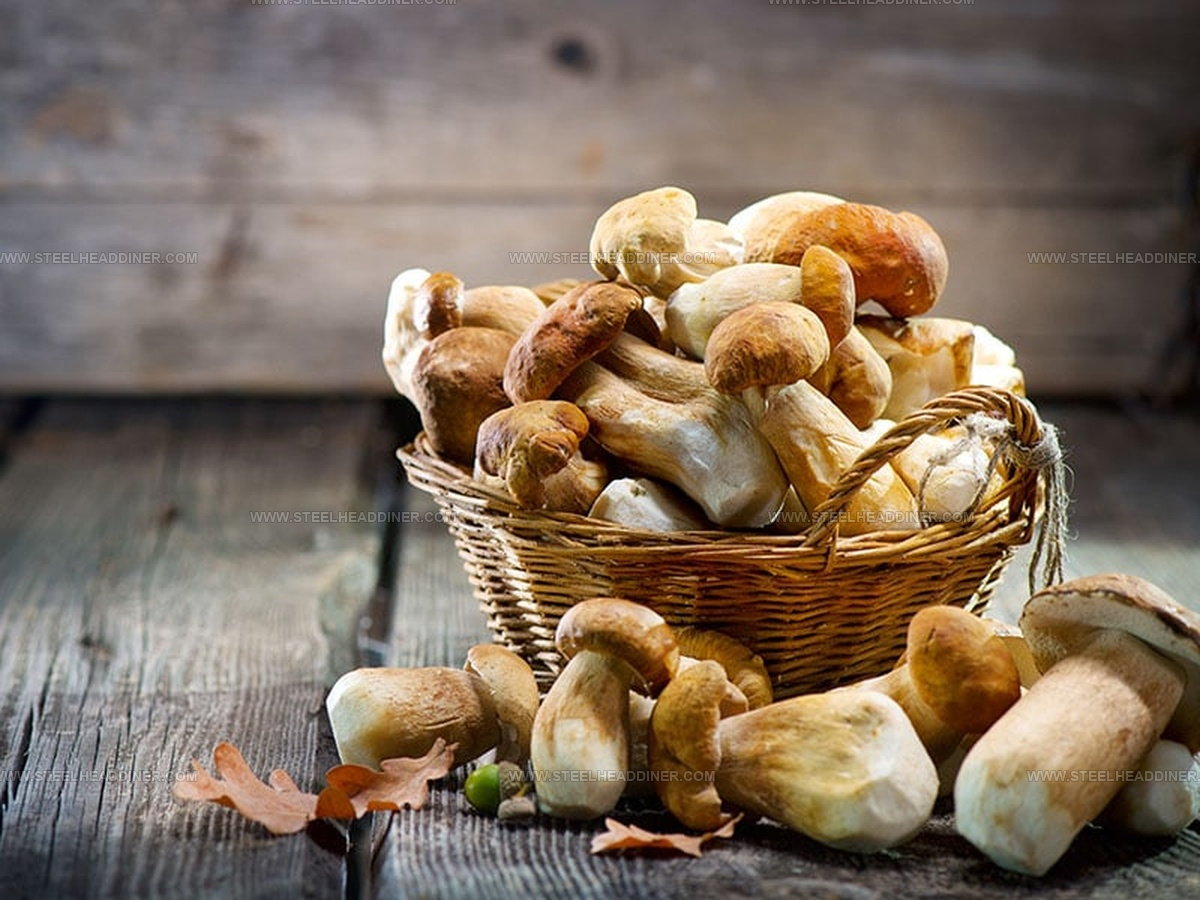
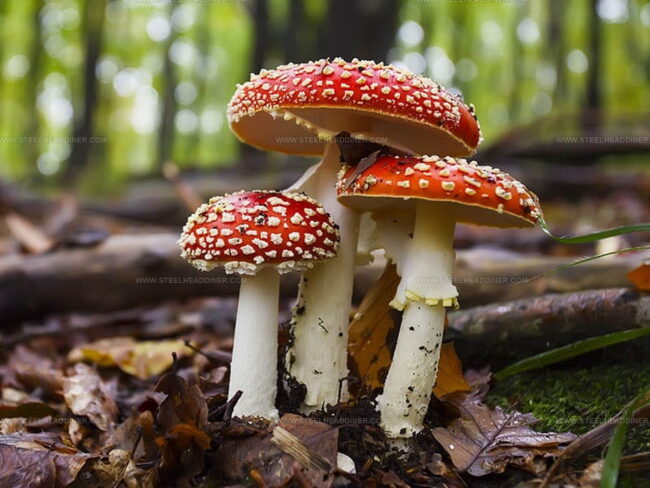
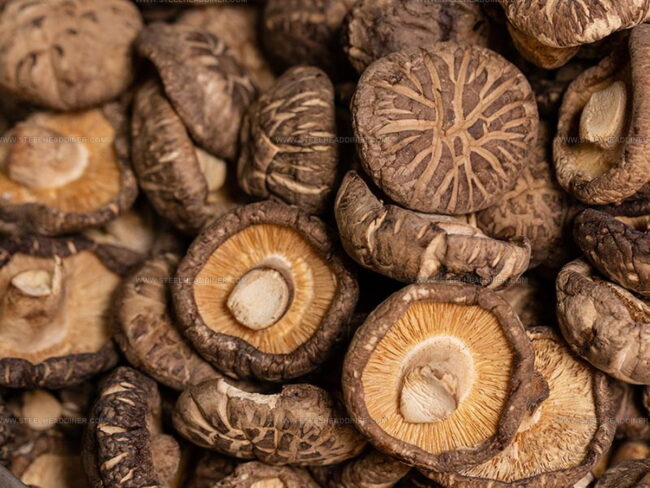
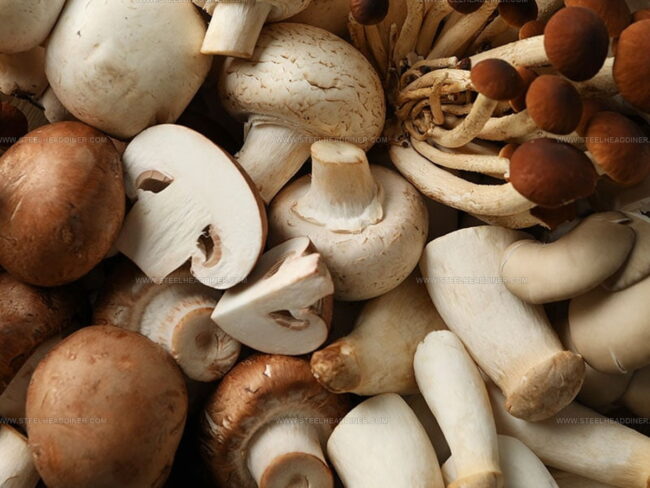
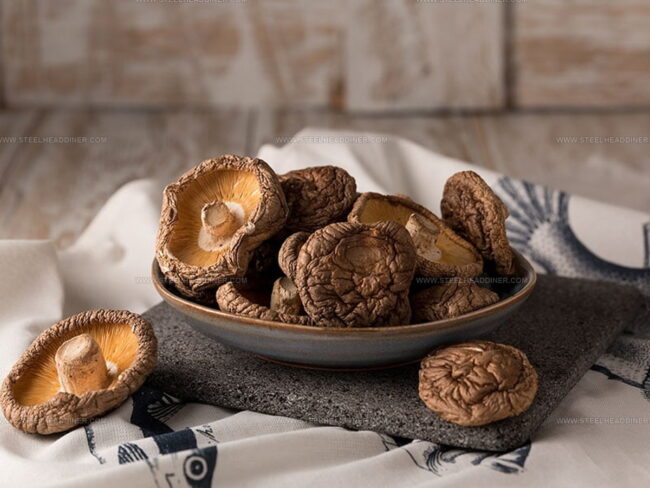
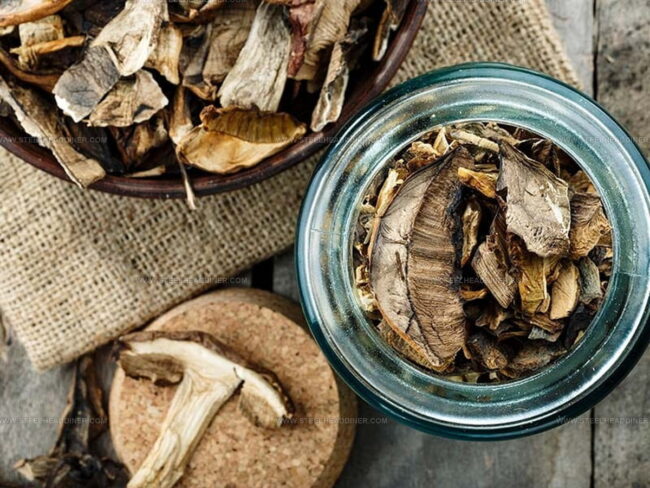
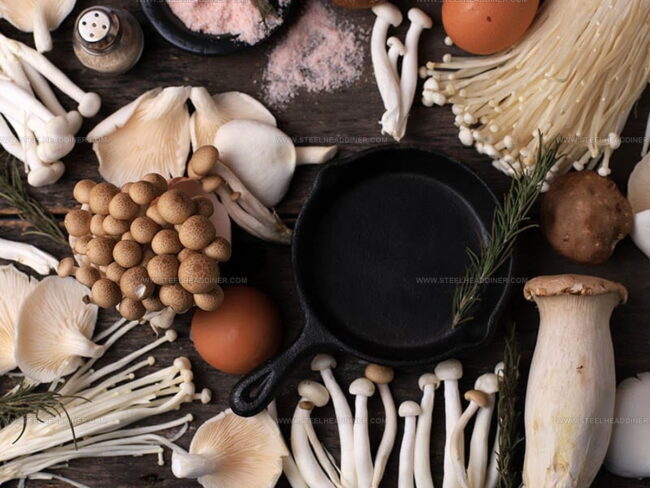
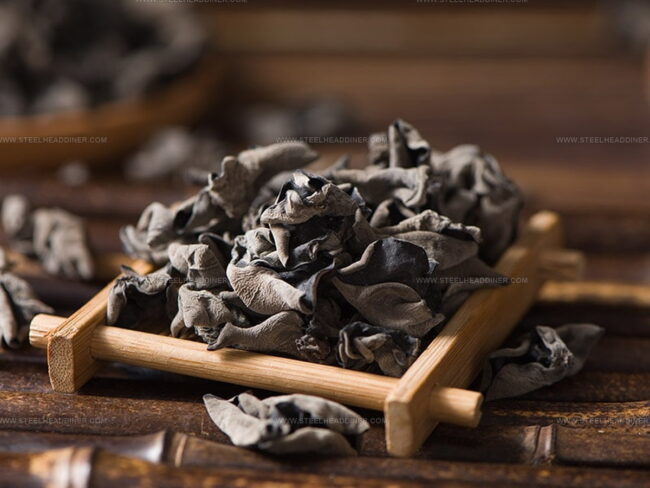
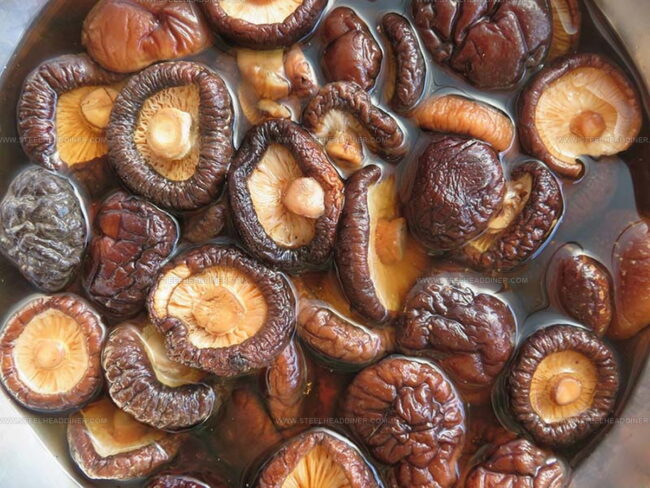
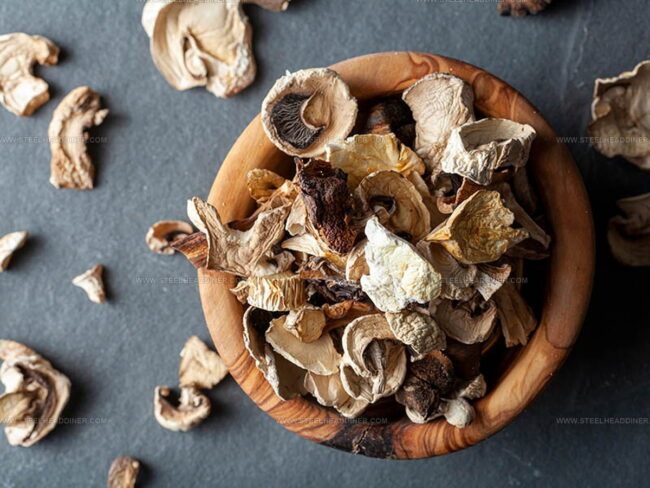
Maya Thompson
Culinary Content Creator & Nutrition Enthusiast
Expertise
Healthy single-serving recipes, Meal prepping for individuals, Integrating nutrition into everyday cooking, Vegetarian and plant-based cuisine
Education
The Chef’s Academy at Harrison College
Associate of Applied Science in Culinary Arts
Focus: Nutrition, meal planning, and culinary techniques for healthy living.
Maya found her passion in the kitchen by mixing good food with good energy. After earning her culinary degree at The Chef’s Academy at Harrison College, she made it her mission to keep cooking simple, wholesome, and packed with flavor.
At Steelhead Diner, Maya shares easy, healthy recipes built for real life. For Maya, great food seems like a celebration of everyday moments, made better one fresh bite at a time.